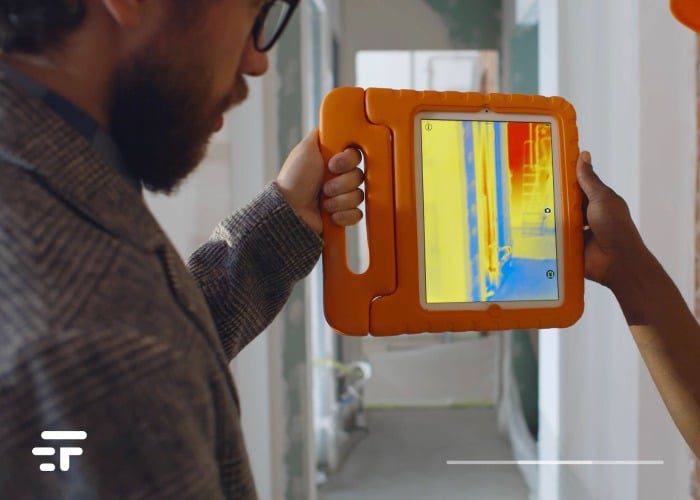Research aimed at storing thermal energy to create economical and environmentally beneficial devices could give us incredible news within the next 5 years.
The research program Active Building Center, led by Swansea University in the UK, it has just received a grant to study a new technology. A technology that could store heat for even months, retaining summer heat for use in winter and allowing the transition to net zero.
Learn the heat and set it aside
Thermal energy storage: storing heat so that it is available when needed. A method that, if developed properly, has the potential to reduce skyrocketing energy bills.
It also solves one of the biggest challenges with renewable energy sources, known as intermittency: Wind and solar power are susceptible to changes in the weather. Being able to 'guard' thermal energy solves the problem of variable supply: storing excess energy and using it to compensate for future shortages will help us even when renewable energies are less strong.
The project, called Adsorb (Advanced Ddistributed Storage for grid Benefit), aims to build a scalable, more efficient system capable of stimulating society to undertake a global effort in this direction.
Two options for storing heat

The project will compare and evaluate the benefits of two distinct types of advanced thermal energy storage technology, both of which have already been tested.
The first is called thermochemical storage (TCS), and could retain heat for weeks or even months without loss. It works by drawing heat from a thermal source such as a heat pump, electric heating element or solar thermal collector to dehydrate an active material, thus “charging” the thermal storage. Once charged, the system can be cooled to room temperature and the energy stored. When needed, moisture is reintroduced which then releases the heat for use within the home.
The second technology is the Phase Change Material (PCM). It has the potential to store thermal energy at much higher densities on a daily basis than traditional technologies. When the PCM system is in operation, a heat source (a thermal depot) heats a chemical depot to transform the solid material into its liquid form. This has the effect of keeping the heat latent for many days. Simply pumping lower temperature water through the system can release stored energy to produce hot water or space heating.
The combination of these technologies, combined with intelligent control systems, could reduce energy bills, solve the issue of intermittency, increase the share of renewables and reduce pollution. Not bad, huh?
The prospects for the industry
One of the crucial points of this project is its industrial application: the objective is to develop a distribution model that integrates these thermal storage systems with already existing domestic systems. Storing energy will have to be a standard function of the systems in our homes.
It is essential that this happens. Decarbonization won't happen quickly enough without innovation in thermal storage. Promote the storage technologies energy will be vital in our transition to affordable, clean and safe renewable energy.


